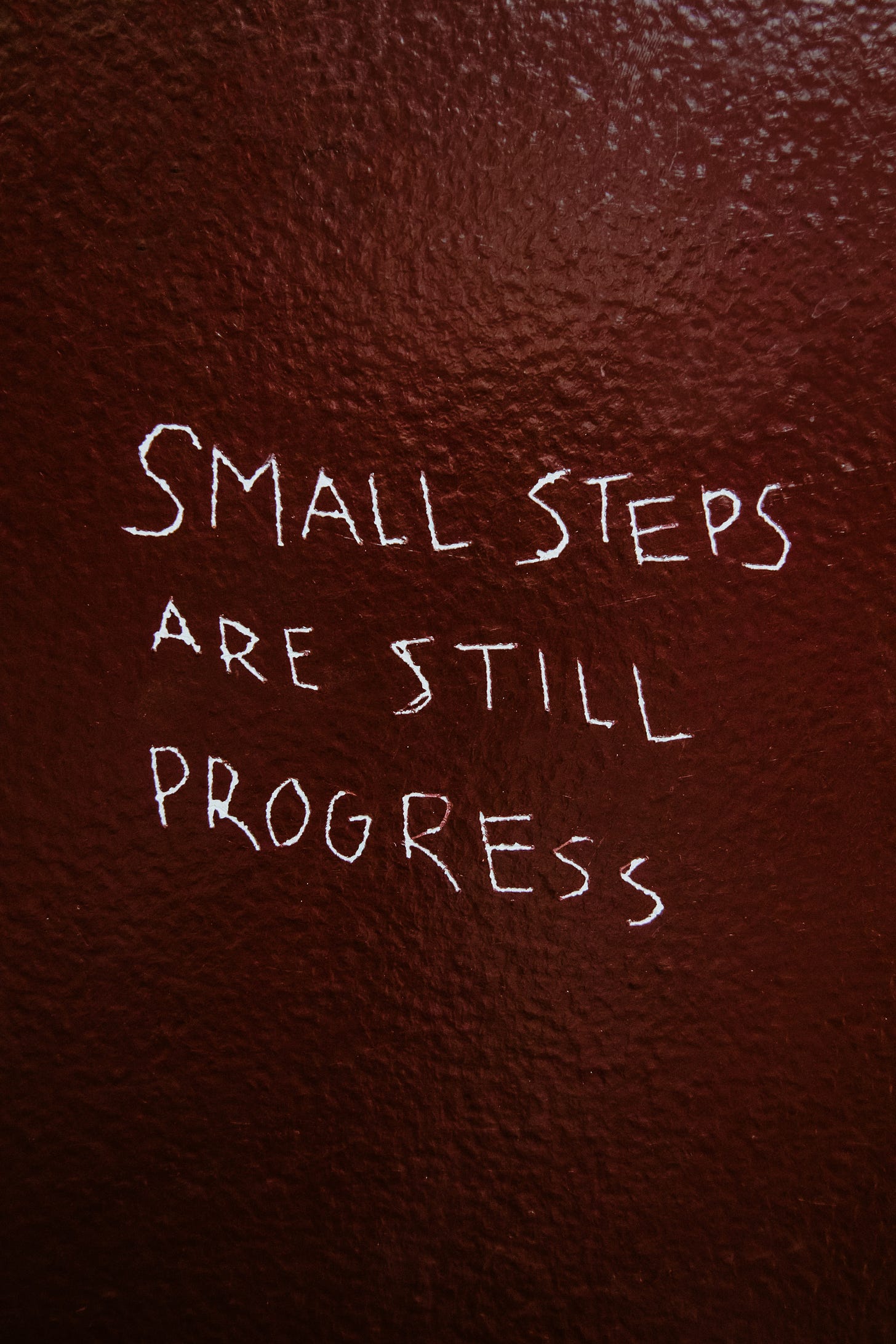Photo by frank mckenna on Unsplash
When times get tough, see adversity as opportunity
In early 2020, when schools and, frankly the world, shut down, one of the millions of kids effected was an autistic high school student named Joe.
Like his classmates, he attended classes via Zoom but the classes didn’t cut it. He had great difficulty concentrating and his parents feared he’d lose all he’d struggled to learn.
They were not about to let that happen.
See, Joe is a hugely talented artist. Working in colored pencils and markers, he creates lions and flowers and outdoor scenes that are truly breathtaking.
And now, at the suggestion of his parents, he creates cards. Birthday cards. Valentine’s Day cards. Christmas cards.
And he sells them.
Like the teachers in school, his parents guided him, but Joe did the work. He launched a business. Set up a website and built an impressive social media presence.
The math he couldn’t continue to get in school, he now gets running his company, Artfully Joe. The organizational skills he couldn’t continue to build in school, he now gets planning his marketing and social media strategy The socialization he couldn’t continue to get in school, he now gets via clients who call requesting custom orders.
The pandemic presented adversity. Joe’s parents — and Joe — chose to see it as an opportunity.
When times get tough, choosing to see them as a challenge to be met is how we build resilience.
Fostering resilience
What steps can we take?
Photo by Hayley Seibel on Unsplash
One of the ways I work on building resilience is by reading stories like the one I just shared about Joe. I also enjoy watching movies like Rudy and Invincible. Frankly, folks, there’s a million stories and movies and honestly, just flip on the Olympics and you’ll hear tales that will make you cry —
particularly when the athlete involved winds up standing on the podium with a medal around his or her neck.
I always end up thinking, “Look at all they’ve overcome. Now that’s resilience.”
Beyond watching inspiring television shows and movies, and reading stories that make you say, “Wow,” there are other steps we can take to increase our resilience.
We can:
Find a resilience role model and imitate their behavior. Do it long enough and it becomes yours.
Foster realistic optimism. This involves keeping a positive outlook despite the constraints of a particular situation.
Increase our cognitive flexibility. Highly resilient people tend to be flexible in the way they think about challenges and react to stress. (Oh how I continue to work on this one!)
Find meaning and purpose in our lives. People able to remain resilient in the face of serious hardships can do so because they rely heavily on the meaning and purpose they’ve attached to their lives.
Epictetus. Who’d a thunk it?
I took philosphy in college and until I started writing this week’s newsletter, I’d never hear of him.
Could this be a contributing factor as to why I failed the class?
Probably.
But that’s not the point.
The point is that Mr. E. has a point.
When we think of an event as horrible, insurmountable, dire, devastating, we make it worse on ourselves. We take a situation that’s already stressful and jack it up to Def-con 4.
And we all know what happens then.
We can’t breathe.
And if we can’t breathe, we can’t think.
If Joe’s parents had seen the pandemic and the resulting learn-from-home situation as insurmountable, they’d never have been able to think of a plan to help their son.
It all comes down to how we think of an event of situation.
When times get tough, choosing to see them as a challenge to be met is how we build resilience.
Wishing all of you a week free of difficult events. But, should the shit hit the fan, I hope you’ll reread this and visit the website (click below!) for all the tools I’ve shared so far.
See you next Saturday!








Made me smile...
Thanks !
Love this Susan!